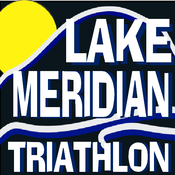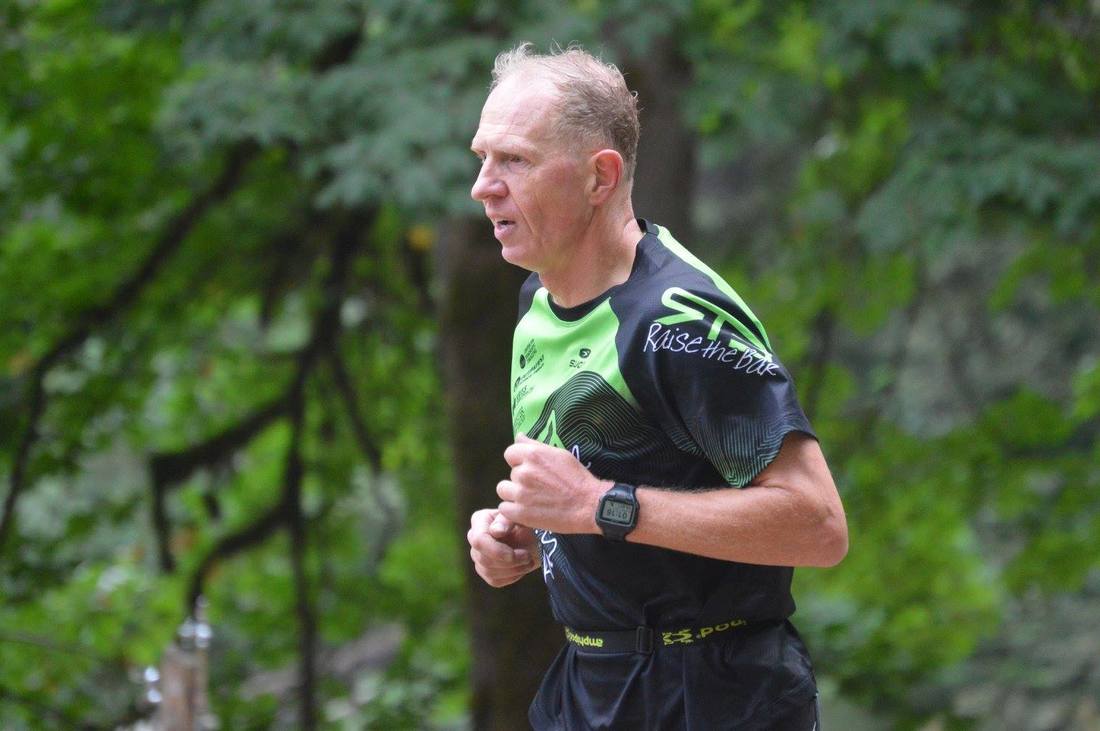 By Holly Pennington, PT, DPT/Outpatient Physical Therapy Believe it or not, foam rollers are not new to the fitness world. In the early 1980’s, Feldenkrais practitioners used them for posture and balance training. About twenty years later, a Physical Therapist tried them out as a self-massage tool for Broadway dancers with good results. A few years after this, weightlifters took notice and starting using foam rollers to help with aching muscles and to improve performance. Now, foam rollers – and their not-so-distant cousins like the The Stick and the Tiger Tail - are found in most gyms, training rooms and physical therapy clinics. Athletes and therapists alike use them for much more than standing up straighter and balance. As a multisport athlete, chances are, you have tried foam rolling. Maybe you swear by it, or maybe you think it is a waste of time. Either way, check out these 3 tips because foam rolling has come a long way since the 1980’s and it could be an inexpensive, efficient and helpful training tool for both your recovery and performance: 1. Define your relationship. It’s okay to have a relationship with your foam roller (or Tiger Tail or Stick…let’s use the term “roller” from now on to keep the cousins from feeling left out.) Maybe she’s your trusty companion and you don’t know how you could keep on training without her. Perhaps she sits in the corner of your garage because she bruised you, brought out your lack of coordination, or gave you buyer’s remorse. (Oh, the pre- and post-race emotional purchases we make!) Or, maybe she’s your go-to friend for pain – you invite her into your life when you need her, Google some exercises, and set out to roll away that sharp pain in your Achilles. Like any relationship, it’s not your interactions with the other party that matter most: it’s your expectations. Your roller can help you. But she can’t be your everything. Rollers are flexible tools that can help with superficial myofascial release. In other words, they can make the parts of your muscles and tendons that are close to your skin move and feel better. Specifically, for triathletes, rollers are best used to decrease delayed onset muscle soreness (DOMS) and improve mobility in IT bands as well as hamstrings, calves, and quads. But, despite the various cousins’ names and claims, rollers are not tools for deep tissue release, anti-inflammatories, pain relievers or substitutes for therapeutic massage. 2.Practice “Less is More.” Thankfully, the amount of time you need to spend with your roller does not have to be a mystery. And, more is not better. Research shows that just 3-5 sets of 20-30 seconds of rolling (per muscle) 3-5x/week can help you achieve optimal results. Rolling for 20-30 minutes is not only unnecessary and awkward, but it might ruin the relationship you just worked so hard to define. 3.Know what isn’t known. As far as rollers and sports performance, including triathlons, we don’t know much. While one study showed an increase in deep squat performance immediately after rolling the lateral torso, plantar fascia and lateral thigh, the scientific consensus is that rolling does not negatively affect athletic performance. (Well, that’s a relief. And isn’t that what we all expected?!) The results of the squat study cannot be generalized to other athletes and the question of practicality regarding rolling immediately before a competition must be raised. The fact is we don’t know if your roller will help you PR, we just know she won’t make you slower! If you need to put your roller in her place, now’s the time. It’s race season and you can make the most of it by developing a healthy roller relationship. PT’s and massage therapists at OPT (www.outpatientpt.com) are always available in case you decide to break up with your roller.
0 Comments
Your comment will be posted after it is approved.
Leave a Reply. |
Raise the BarRace reports, upcoming events, news, and more, from RTB. Archives
September 2023
|

 RSS Feed
RSS Feed




